Deciphered passages from a papyrus found some time ago in Pompeii tell how Plato spent his last hours.
Plato, along with Aristotle, is considered the greatest thinker in human history. You could say he was Socrates. But we do not have a single written text from Socrates. We know what we know because Plato wrote his words.
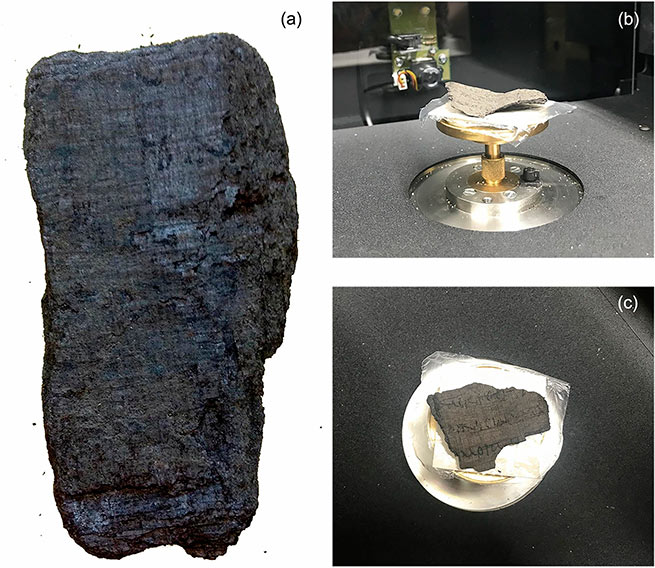
This is what the scrolls from which the texts were recognized look like
According to the Guardian, Italian scientists have discovered that the ancient scroll in question contains a previously unknown account of how a Greek philosopher spent his last night listening to music played on a flute by a Thracian slave girl. Despite being literally burning with fever and on the verge of death, Plato seemed to have mental clarity as, according to the story, he criticized the performer for her lack of rhythm.
Let us recall that the deciphered fragments of the papyrus in question indicate, among other things, the exact place of Plato’s burial in the garden near “Temple of the Muses”at the Academy bearing his name in Athens.
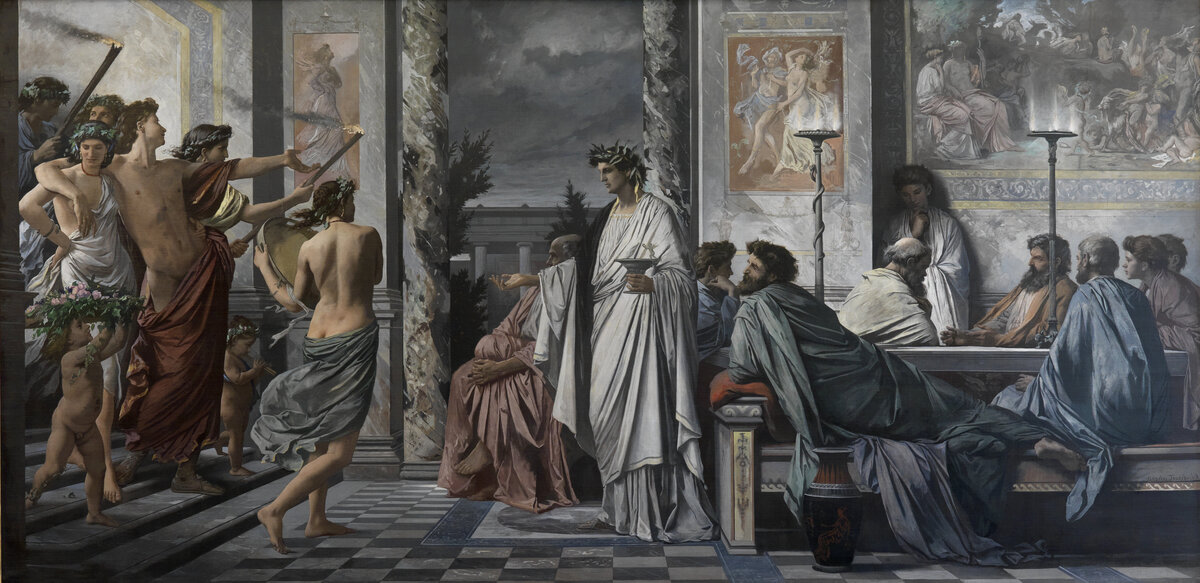
Earlier that he buried on the territory of the Academy, it was known only in general terms.
Presenting the results of the research at the National Library of Naples, Professor Graziano Ranocchia from the University of Pisa, who led the team responsible for deciphering the scroll, called the discovery “an outstanding event that helps us to better understand ancient history”.
“Thanks to the latest visual diagnostic techniques, we are finally able to read and decipher new passages of text that previously seemed inaccessible,” – said the scientist.
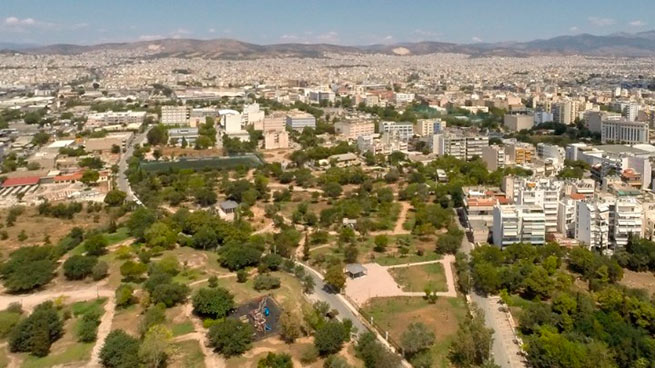
Plato Academy in Athens
The text suggests that Plato was sold into slavery on the island of Aegina, possibly as early as 404 BC. e., when the Spartans conquered the island, or in 399 BC. e., shortly after the death of Socrates. “Until today it was believed that Plato was sold into slavery in 387 BC, during his stay in Sicily at the court of Dionysius I of Syracuse”says Ranocchia.
“For the first time, we have been able to read a sequence of hidden letters from scrolls that were wrapped in multiple layers and stuck together over centuries, thanks to the process of unrolling using a mechanical technique.”
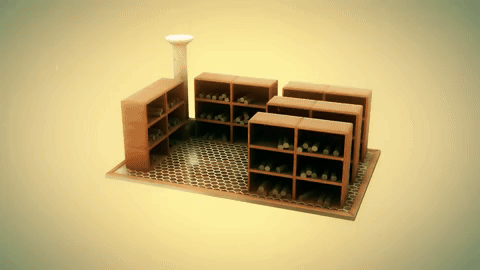
Presumably this is how the hot ash “consumed” the library
The ability of scientists to find these layers and essentially return them to their original position, thereby restoring the coherence of the text, represents significant progress that could lead to the recovery of huge amounts of information in the future, he said. The impact of this development will be fully realized in the coming years, he noted.
At the center of Ranocchia's team's work are scrolls found in a luxurious Roman villa in ancient Heraklion (Erkulanum) in Campania, also known as “Villa of Papyri” This villa, with its impressive library, was buried under a layer of ash during the eruption of Vesuvius in 79 AD, which destroyed Herculaneum and Pompeii.
Villa dei Papiri – a luxurious ancient Roman country villa, spread over an area of 2790 m² and located several hundred meters from Herculaneum. Buried under a layer of ash along with Pompeii and Herculaneum during the eruption of Vesuvius in 79, it was discovered in the late 1740s. Under the leadership of the Swiss engineer Karl Weber, it was explored for six years, by punching corridors in the rock, but in 1765, due to the release of gas, the excavations were curtailed. Archaeological work resumed in the 1930s and 1990s, when about 10% of the villa was cleared of rock within eight years.

Reconstruction of the “Villa of the Papyri”
The most impressive discovery of the villa is the unique private library (the only surviving library from antiquity) of 1,800 papyri scrolls with texts in Greek, which were stacked in baskets and on the shelves of a number of chambers. The scrolls (the part that has been deciphered) contain mainly the works of Philodemus, as well as Caecilius Statius, Chrysippus, Colotus of Lampsacus, Epicurus and his students: Lucretius, Metrodorus of Lampsacus, Polystratus and others.
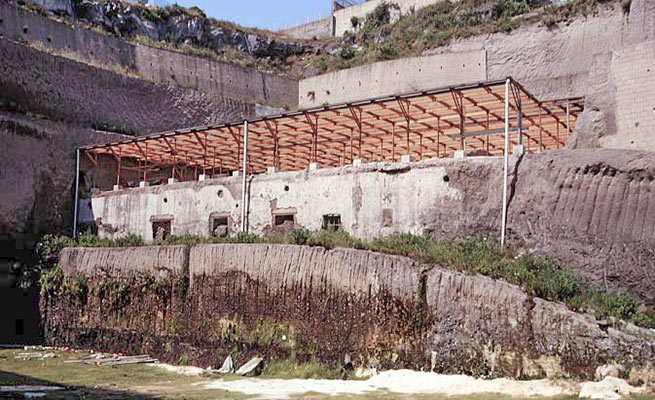
This is what the Villa of the Papyri looks like today
It was not immediately possible to identify the authors. As a result of the eruption, the papyri turned into charred and baked packages that broke during the first attempts to unfold and read them. In 1756, Antonio Piaggio, a priest at the Vatican Library, built a machine that could unroll scrolls without damaging them. Although this method was time-consuming, some of the least charred papyri were deciphered.
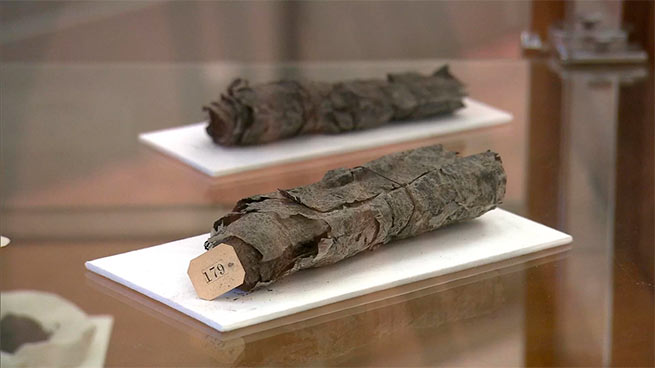
Currently, the scrolls are being studied using multispectral imaging, but the contents of about half of them still remain hidden. Scholars also suggest that unexplored areas of the villa may contain scrolls containing lost texts of Aristotle's dialogues, plays by Sophocles, Euripides and Aeschylus, and unknown books of Livy's seminal work, Histories from the Founding of the City. The papyri are kept in the National Library of Naples.





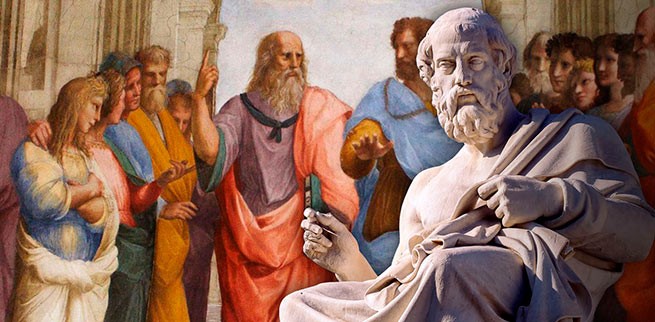

More Stories
Hierarch of the UOC about the demolition of Desyatynka: "The religious feelings of millions of believers are hurt"
Events dedicated to the genocide of the Pontic Greeks are being held in Athens and Thessaloniki
In the fight for the title of absolute world boxing champion, Usik defeated Fury (full video of the fight)